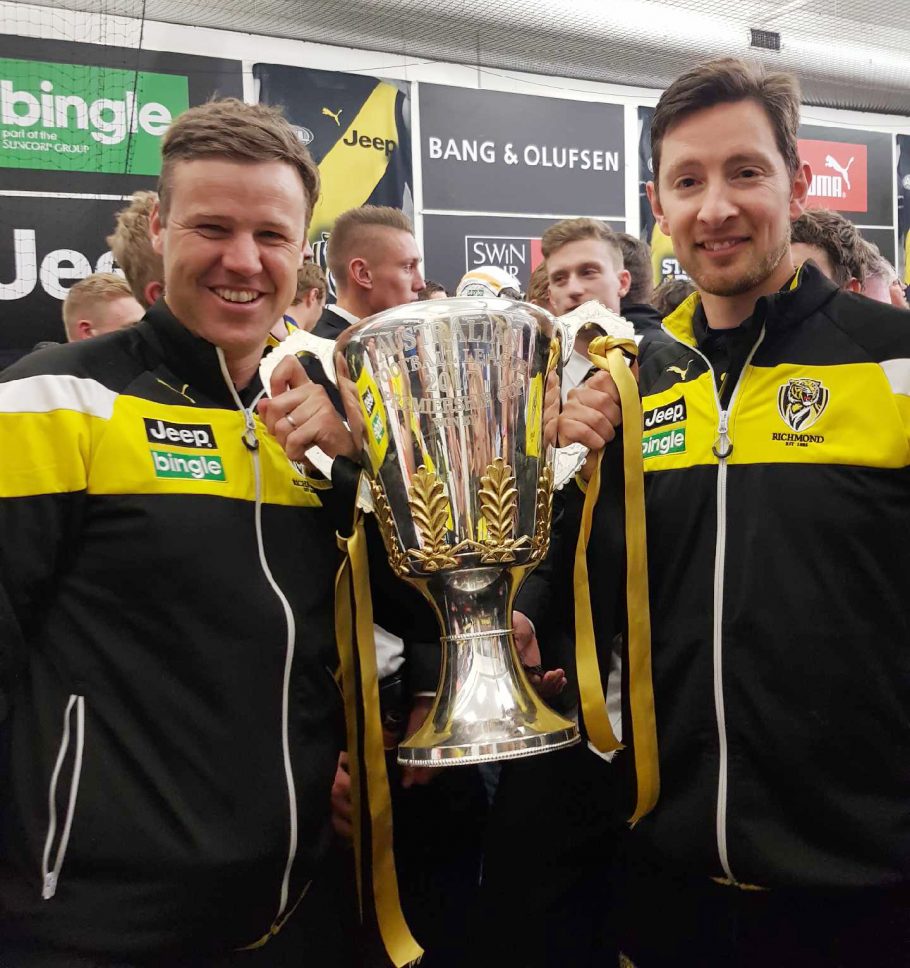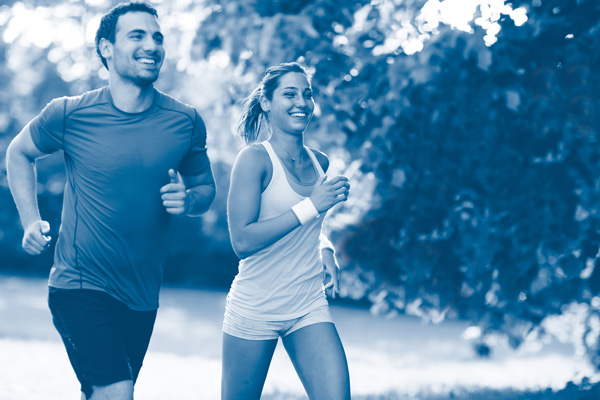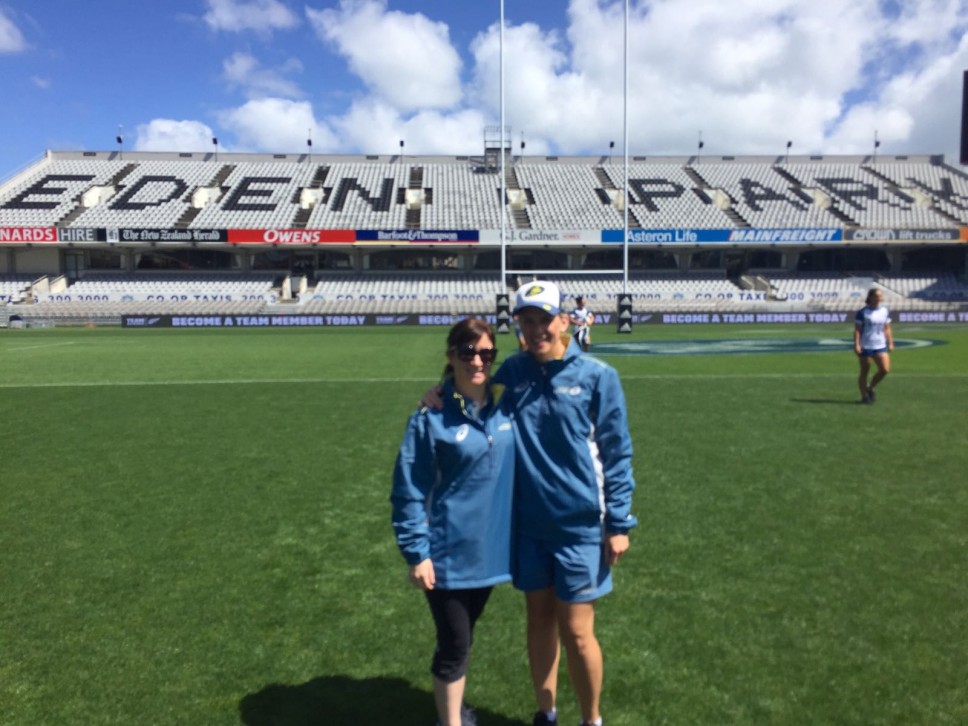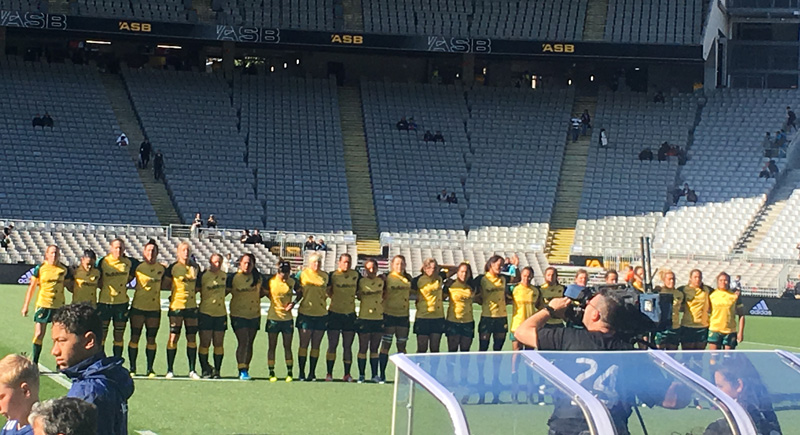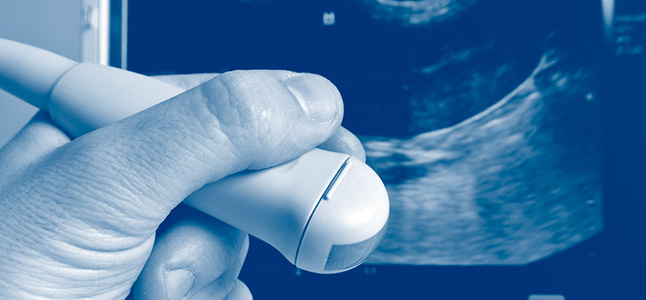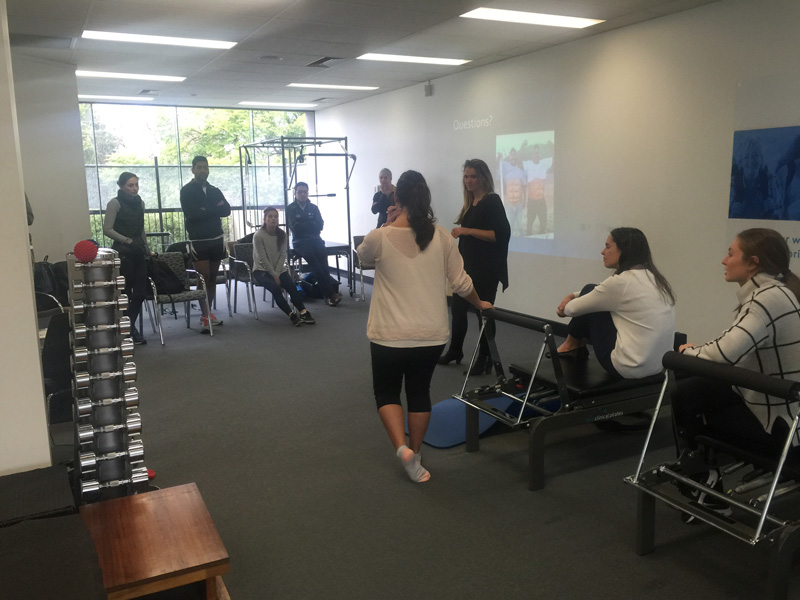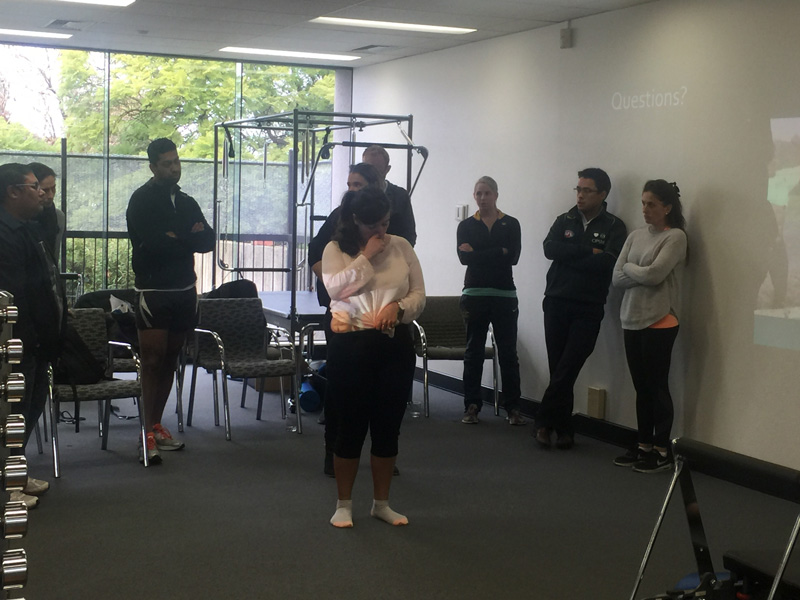Maintaining optimal physical health has never been more important in today’s fast-paced world. At Restore Physiotherapy, we’re passionate about helping our clients achieve their movement goals through Clinical Exercise and Pilates, a specialised form of exercise that combines traditional Pilates principles with evidence-based physiotherapy practices.
What Sets Clinical Exercise Apart?
Unlike standard gym workouts or traditional Pilates classes, Clinical Exercise is tailored specifically to your body’s needs and conducted under the expert guidance of qualified physiotherapists. This means every movement is purposeful, precise, and aligned with your therapeutic goals.
Key Benefits of Clinical Exercise at Restore Physiotherapy
1. Enhanced Core Stability
Clinical Exercise focuses on developing deep core muscles, creating a strong foundation for all daily movements. This improved core stability can significantly reduce back pain and prevent future injuries.
2. Improved Posture and Balance
Poor posture has become a common concern due to today’s increasingly sedentary lifestyle. Our Clinical Exercise programs target the specific muscle groups required for proper alignment, helping you stand taller and move more efficiently.
3. Injury Prevention and Recovery
Whether recovering from an injury or aiming to prevent one, Clinical Exercise offers a safe, controlled environment to build strength and flexibility. Our physiotherapists carefully monitor your technique and progression to ensure optimal results.
4. Personalised Approach
Your body is unique, and so are your goals. Our Clinical Exercise sessions are tailored to meet your specific needs, whether it’s managing chronic pain, improving sports performance, or enhancing general fitness.
Who Can Benefit?
Clinical Exercise is suitable for people of all ages and fitness levels. It’s particularly beneficial for:
- Office workers experiencing postural issues
- Athletes looking to enhance performance and prevent injuries
- Individuals recovering from surgery or injury
- People managing chronic conditions
- Those seeking to improve their overall strength and flexibility
- Pre and post-pregnancy
Getting Started
Your journey begins with a comprehensive assessment by one of our experienced physiotherapists. We’ll discuss your goals, evaluate your movement patterns, and design a program tailored to you.
Book Your Session Today
Experience the transformative benefits of Clinical Exercise for yourself! Contact us at Restore Physiotherapy to book your initial assessment and take the first step towards better movement and health.
Call 9855 1122 or visit our website at restorephysio.com.au to schedule your appointment.
Restore Physiotherapy is committed to providing evidence-based, personalised care to help you achieve your movement goals. All Clinical Exercise sessions are conducted by qualified physiotherapists.

